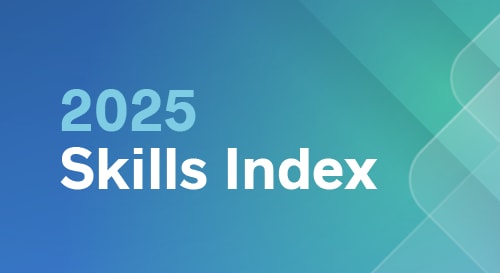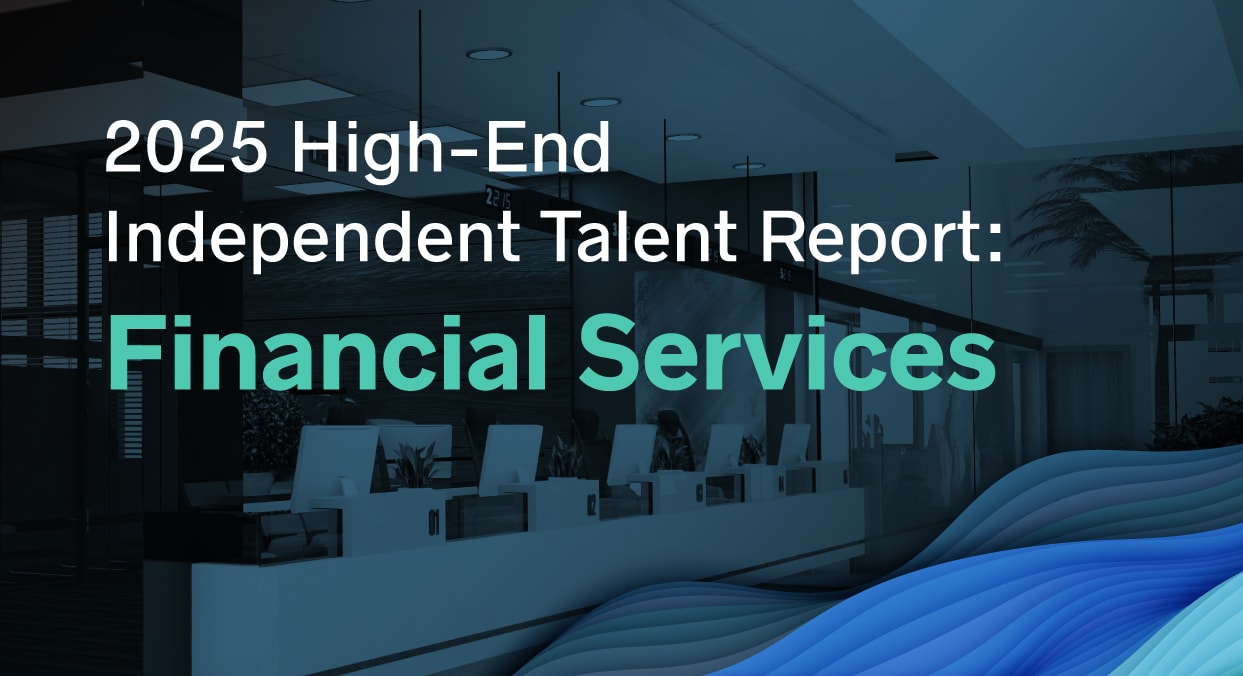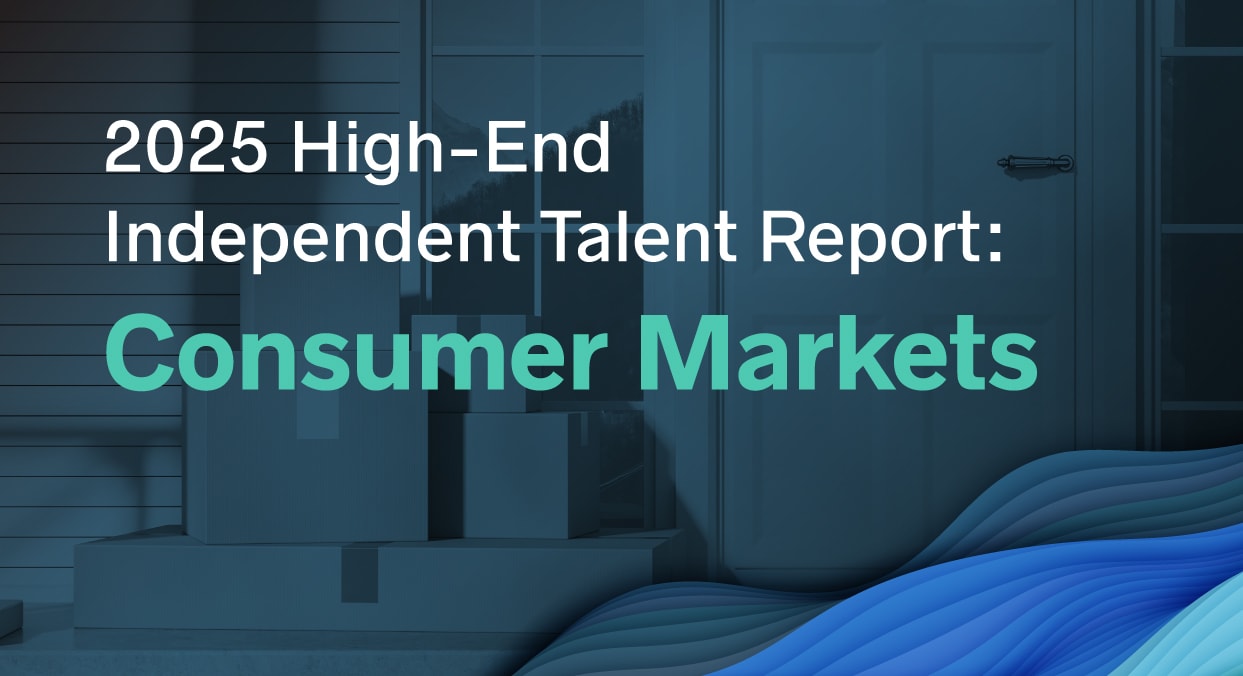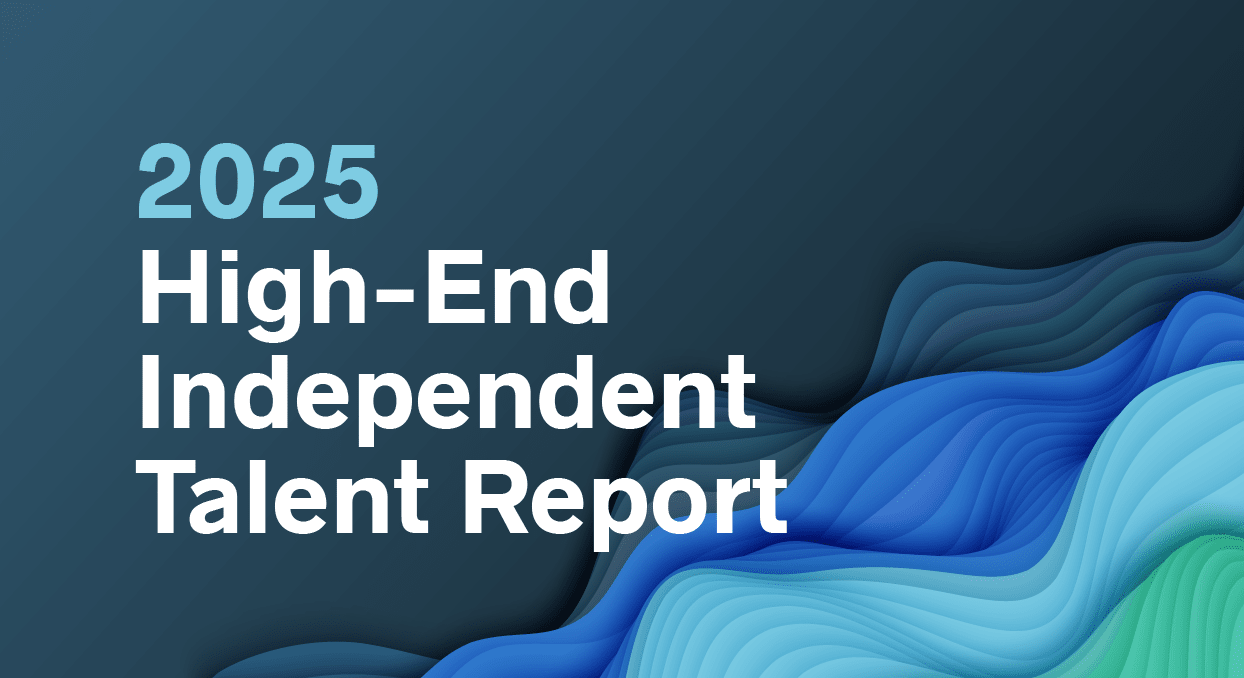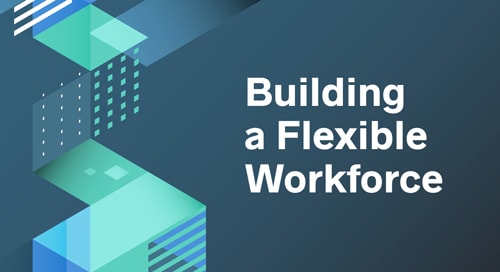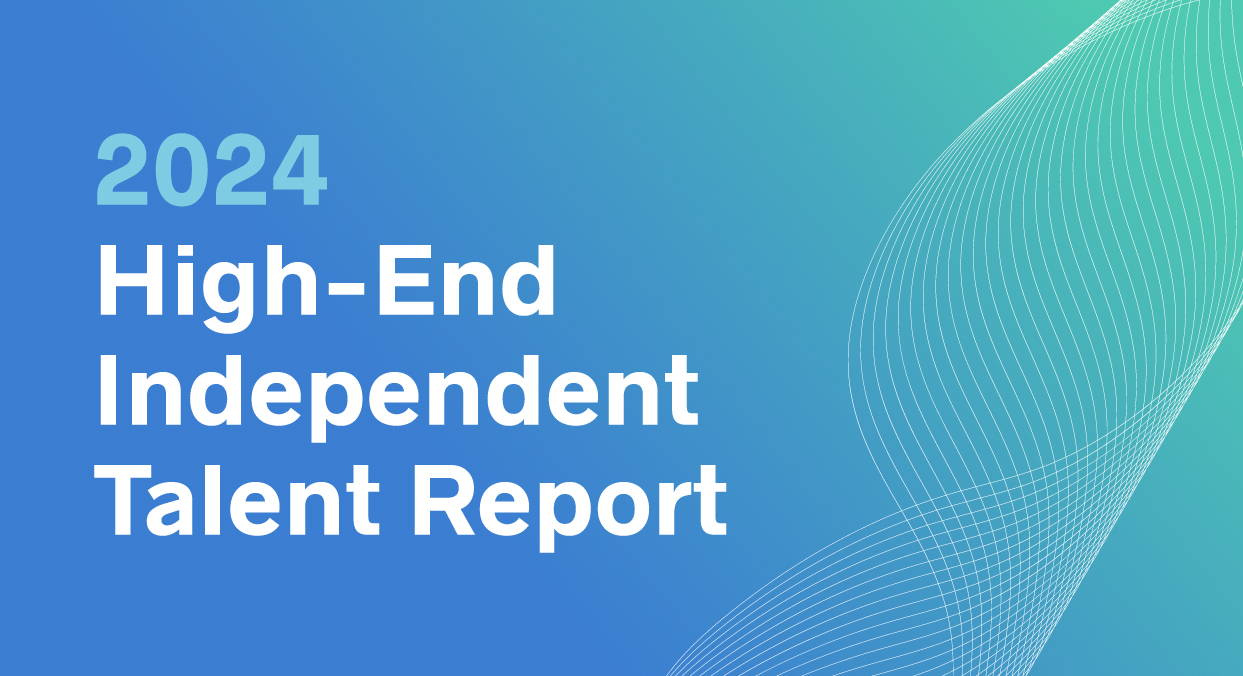George Post recently retired as the Director of World Headquarters Procurement at life science giant Johnson & Johnson.
There, as part of his broader mission to optimize procurement and consulting services, he founded an on-demand talent program called Specialists on Demand, or SOD. SOD is designed to provide J&J executives access to specialized independent professionals, consultants, experts, and executives for targeted engagements across the enterprise. Business Talent Group is a preferred partner in the program, offering business leaders a low-cost high-value option for solving complex strategic and operational issues.
In our latest Expert Q&A, George spoke to us about topline trends in the gig economy and how procurement leaders can build effective on-demand talent programs.
Prefer to listen to the interview? Check it out on Insights on Demand, our new podcast.
Many procurement leaders have followed the rise of the high-end gig economy. What prompted you to create a formal on-demand talent program to source and deploy this type of talent?
Many years ago, we noticed that traditional consulting firms were beginning to have challenges in attracting talent. Later on, we began to realize that this dynamic was not taking place in isolation, but was part of a new generation of professionals and subject matter experts who were looking for a different way of working. These professionals wanted to be able to select the kind of work that they did, and they wanted to do it where and when they wanted.
After a lot of discussion with Business Talent Group and others in the industry, it became clear that we should take steps to implement a program for this freelance talent, similar to what we’ve done with a number of other programs at J&J.
Can you tell me about how you structured the program and how it fit within the landscape of the other programs that you have at J&J?
We wanted to make sure, early on, that the business would support the program and find value in it. So we did a series of surveys with hundreds of senior leaders within J&J, and an extraordinarily high percentage of them responded favorably. That gave us the confidence to begin implementing the program using sort of the basic framework for some of the other programs that we’ve implemented in J&J for strategy and operations, mergers and acquisitions, and implementation and execution.
What were your goals for the program, other than simply making it easier for the organization to engage this new type of talent?
The goal was to give the business a lower-cost option to speak with subject-matter experts within a function or business unit, and then use that engagement to inform their approach to whatever challenges they were facing.
We knew that we could deliver that talent more economically, but beyond the economics, we also knew we could make the experience a positive one for the business. We wanted to give business leaders a different way of getting expertise and insights.
Did those goals evolve as the program developed?
We tracked the cost savings for every engagement that came through the SOD program. We also tracked feedback from our business leaders to understand whether it delivered the kind of value and insights that they expected, and we used that to refine the program.
Looking back, is there something you would’ve done differently?
The thing that jumps out is the need to develop more material to help the business understand how SOD differed from our other programs. As I mentioned, we had programs that ranged from strategy through implementation, along with various types of freelance and staff augmentation. However, SOD was the only one where you could source independent talent that you would typically only otherwise see through BCG or McKinsey.
How do you think procurement officials should share the task of getting buy-in with the program partners they’ve selected?
It’s just a lot of interaction, knocking on doors, and making sure that the organization not only knows that about the program but has faith that the process is streamlined, efficient, and ultimately delivers a really great experience for the business.
What are some of the best practices that you learned about earning that trust from business leaders?
We were fortunate because we had excellent relationships with senior leaders within the organization. Our proposition also was, generally speaking, low risk and high reward. So, the gist of our conversations was, “Hey, give this a try. It could change the way you approach trying to solve your business problems. You can do it with a very minimal investment, and you can do it very quickly.” It was a value proposition that resonated with a lot of senior leaders, and it was often key to getting them to actually try the SOD program.
You mentioned earlier that you kept track of the business’s satisfaction with SOD engagements along with cost-saving metrics. Were there other things you did to gauge the effectiveness of SOD?
At the end of the day, it’s about the performance. How did the talent do? Would leaders use the program again? We made sure we could understand that as clearly as possible, and then share that with our suppliers to help them improve.
What do you anticipate are the next steps for SOD program?
I think there’s a lot of opportunity. Initially, we envisioned SOD as a program that could deliver individual talent. Eventually, I can see it growing to something where you can source small teams of talent to deliver on programs that require some level of execution.
How did you partner with J&J’s HR organization on all this?
Historically, our group did not have a really close working relationship with HR, but I happened to have a relationship with the senior-most HR leader, and years back, I suggested that his organization become more aware of what we were doing so that they could get a more holistic view of how work gets done within the organization. That prompted HR to want to work with us more closely in creating awareness of our programs and how they supported J&J’s business objectives.
Essentially, the mission of our programs is to deliver a certain level of expertise to the organization, augment internal teams, and help them get work done. HR has similar goals—how they acquire talent for the organization, whether as full-time employees or temporary resources—so it seemed like a natural combination.
Do you have any other recommendations for procurement leaders who are interested in creating a program like SOD?
I think of it as a sort of business development initiative. We always want to implement programs that are responsive to the needs of the business, so we’ve always started by getting the business’s feedback and testing our hypotheses about a program. Moving forward, in essence, then becomes a response to that feedback, and you can do it using the design you have for your other programs.
GET THE SKILLS YOU NEED
Thousands of independent consultants, subject matter experts, project managers, and interim executives are ready to help address your biggest business opportunities.
About the Author
More Content by Leah Hoffmann


